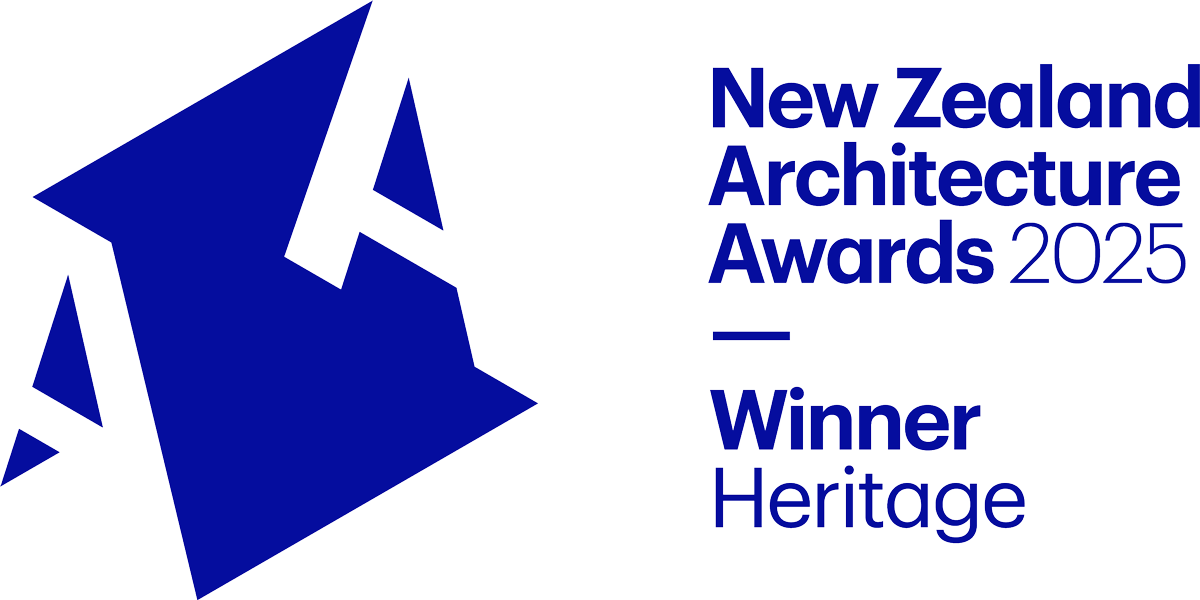



Te Ruamātatoru – He Whata Kai is thought to be the first pātaka to be built on Te Whanganui Awa in 100 years and is an important focal point for the Ngāti Ruaka hapū. The proportions and appearance were to be as close to the Haami whānau pātaka at Ranana Marae, with the maihi and door design to match. We were to investigate the use of traditional materials, but the building’s purpose was to provide a safe, secure and dry storage space for the clients.
Te Ruamātatoru was to be used for wānanga and storage. Allowance was to be made for the later installation of arapaki made by Te Morehu Whenua as part of the practicing of traditional hangatanga/construction techniques. Each year a new arapaki panel will be added. The arapaki panels will be designed and made within the hapū. The Tamariki will be part of the design and fabrication of the panels to allow the passing of skills and knowledge.
The pātaka stands on private land at Pūtiki, near the Whanganui River. Communal space and gardens are placed adjacently. The tamariki and taitamariki plant and harvest the kai. The kai is used by the hapū. The kai may also be gifted. There is a nursery at the Ranana Marae. Therefore, there is a broader kaupapa that includes collecting seeds from Ranana, propagating them, and replanting the whenua with the local indigenous flora. Te Ruamātatoru – He Whata Kai is part of that kaupapa. Traditional plants are planted and harvested with traditional tools.
Whakapapa is the guiding principle. All work is in the context of Taiao. Māori science is holistic in principle and practice. Te Ruamātatoru – He Whata Kai is both embedded in, and actively supportive of, this Kaupapa.
Te Ruamātatoru – He Whata Kai was completed in collaboration with Dr Rāwiri Tinirau, director of Te Atawhai o Te Ao and facilitator of wānanga for Te Morehu Whenua. The sign above the door was designed by Nina Churchward Van Lier, who is of Ngāti Ruaka descent.
This project was awarded a Te Kāhui Whaihanga NZIA 2025 Western Architecture award in Small Project Architecture and a Te Kāhui Whaihanga NZIA 2025 New Zealand Architecture award in the Heritage category.
Photography by Simon Devitt.